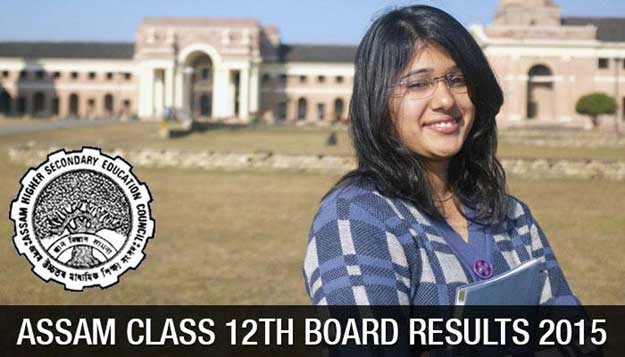MCQs On Molecular Basis Of Inheritance
MCQs On Molecular Basis Of Inheritance
- The nucleic acid synthesis takes place in
- 3’-5’ direction
- 5’-3’ direction
- Both ways
- Any direction
- What is the nature of the strands of the DNA duplex?
- Anti-parallel and complementary
- Identical and complementary
- Anti=parallel and non-complementary
- Dissimilar and non-complementary
- Hershey and Chase’s experiment was based on the principle
- Transformation
- Translation
- Transduction
- Transcription
- AUG stands for
- Alanine
- Methionine
- N-formyl methionine
- Glycine
- The reason behind the anti-parallel strand of DNA is
- Hydrogen bond
- Ionic bond
- Phosphodiester bond
- Disulphide bond
- In a transcription unit, the promoter is located towards
- 5’end of the structural gene
- 3’end of the structural gene
- 5’end of the template strand
- 3’end of the coding strand
- The primer in DNA replication is
- Small ribonucleotide polymer
- Helix destabilizing protein
- Small deoxyribonucleotide polymer
- Enzyme joining nucleotides of new strands
- Genetic information is transferred from nucleus to cytoplasm through
- RNA
- Anticodon
- DNA
- Lysosomes
- The enzyme involved in transcription
- DNA Polymerase I
- DNA Polymerase III
- RNA Polymerase
- DNA Polymerase II
- Non-sense codons participate in
- Releasing t-RNA from polynucleotide chain
- Formation of unspecified amino acids
- Terminating message of gene-controlled protein synthesis
- Conversion of sense DNA into non-sense DNA
- The proofreading enzyme in DNA replication is
- Primase
- DNA Polymerase I
- Ligase
- DNA Polymerase II
- Select a ribozyme
- Peptidyl transferase
- Helicase
- Ribonuclease-P
- Both (a) and (c)
- Which step does not occur in translation?
- Replication
- Termination
- Elongation
- Initiation
- Select the incorrectly matched pairs
- Purines – Nitrogenous bases cytosine, thymine and uracil
- Recombinant DNA – DNA formed by joining the DNA segments from two different sources
- rRNA – RNA found in ribosomes
- ATP – The energy-carrying compound in the cell
- The energy source for the elongation process is
- Creatine-PO4
- GTP
- ATP
- All of the above
- The anticodon of initiation codon for protein synthesis is
- UUU
- AUG
- UAC
- CAU
- In lac-operon, which protein is not regulated by the repressor?
- Galactosidase
- Lactose Permease
- Tryptophan
- Transacetylase
- Which enzyme is not produced during lactose catabolism by E.coli?
- ????-galactosidase
- Lactose Permease
- Thiogalactoside transacetylase
- Lactose dehydrogenase
- The eukaryotic replication of DNA is
- Bidirectional with many origins
- Unidirectional with many origins
- Bidirectional with a single origin
- Unidirectional with a single origin
- The amino acid coded by 3 codons is
- Proline
- Isoleucine
- Tryptophan
- Serine
- Spliceosomes are absent in the cells of
- Plants
- Animals
- Bacteria
- Fungi
- A molecule that acts as a genetic material must fulfil the following traits, except
- It should be structurally and chemically unstable
- It should have the ability to generate its replica
- It should facilitate slow changes necessary for evolution.
- It should be able to express itself in the form of Mendelian characters.
- What will the amount of guanine in a DNA if the total amount of adenine and thiamine in the DNA is 45%?
- 45%
- 65%
- 27.5%
- 22.3%
- The primary control of gene expression takes place at the level of
- Translation
- Replication
- Transcription
- None
- The gene sequence that codes for proteins are
- Exons
- Introns
- Intervening sequences
- Control regions
- The process of RNA splicing shows the dominance of
- RNA world
- DNA world
- Microbial world
- Protein world
- In eukaryotes, RNA II facilitates transcription of
- rRNA
- mRNA
- hnRNA
- tRNA
- Human Genome Project led to the development of
- Biotechnology
- Bioinformatics
- Biosystematics
- Bioengineering
- Which non-radioactive isotope was used by Messelson and Stahl in their experiment?
- P32
- S35
- N15
- None
- Histones are
- Positively charged and basic amino acids
- Positively charged and acidic proteins
- Negatively charged and basic proteins
- Absent in bacteria
Answer Key
| 1-2 | 2-1 | 3-3 | 4-2 | 5-3 | 6-1 | 7-1 | 8-1 | 9-3 | 10-3 |
| 11-2 | 12-4 | 13-1 | 14-1 | 15-2 | 16-3 | 17-3 | 18-4 | 19-1 | 20-2 |
| 21-3 | 22-1 | 23-3 | 24-3 | 25-1 | 26-1 | 27-3 | 28-2 | 29-3 | 30-4 |



